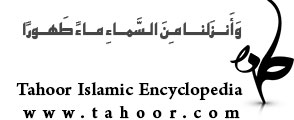
The Schema of Islamic Economics
This book is another work of Ayatollah Sobhani, which concerns the science of economics and the Islamic economics and also the difference between these two. The features of economics and wealth in Islam, the factors of poverty in society, Zakaat (alms paid to the poor in accordance with specific religious instructions), Khoms (one fifth of person’s revenues that each Muslim is required to donate for charity) all are the other subjects of this book.
####The author
Ayatollah Jafar Sobhani was born in 1930 in Tabriz – Iran, into a religious and educated family. He studied in Tabriz Seminary called “Talebiyeh”. The following were his master:
- Ayatollah Khomeini
- Sheikh Hasan Nahvi
- Mirza Muhammad Ali Modarres Khiyabani
- Allameh Tabatabaee
Ayatollah Sobhani is one of the masters in Islamic Dar al-Tabliq in Qom, also the founder of Islamic Kalam (Theological) Studies Center (Imam Sadeq Institution) and a significant master in Qom Seminary.
Structure of the book:
1- The basic principles of Islamic economics
2- Natural resources
3- Mines
4- Water, as one of the natural resources
5- The base of ownership in Islamic economics
6- The values of application and exchange
7- Hypocrisy, as the most cruel kind of exploitation
8- Adjustment of wealth
9- Work and effort
10- Ibn Khaldun and added value
11- Work and capital in production
12- Distribution and services
Sources :
The Schema of Islamic Economics